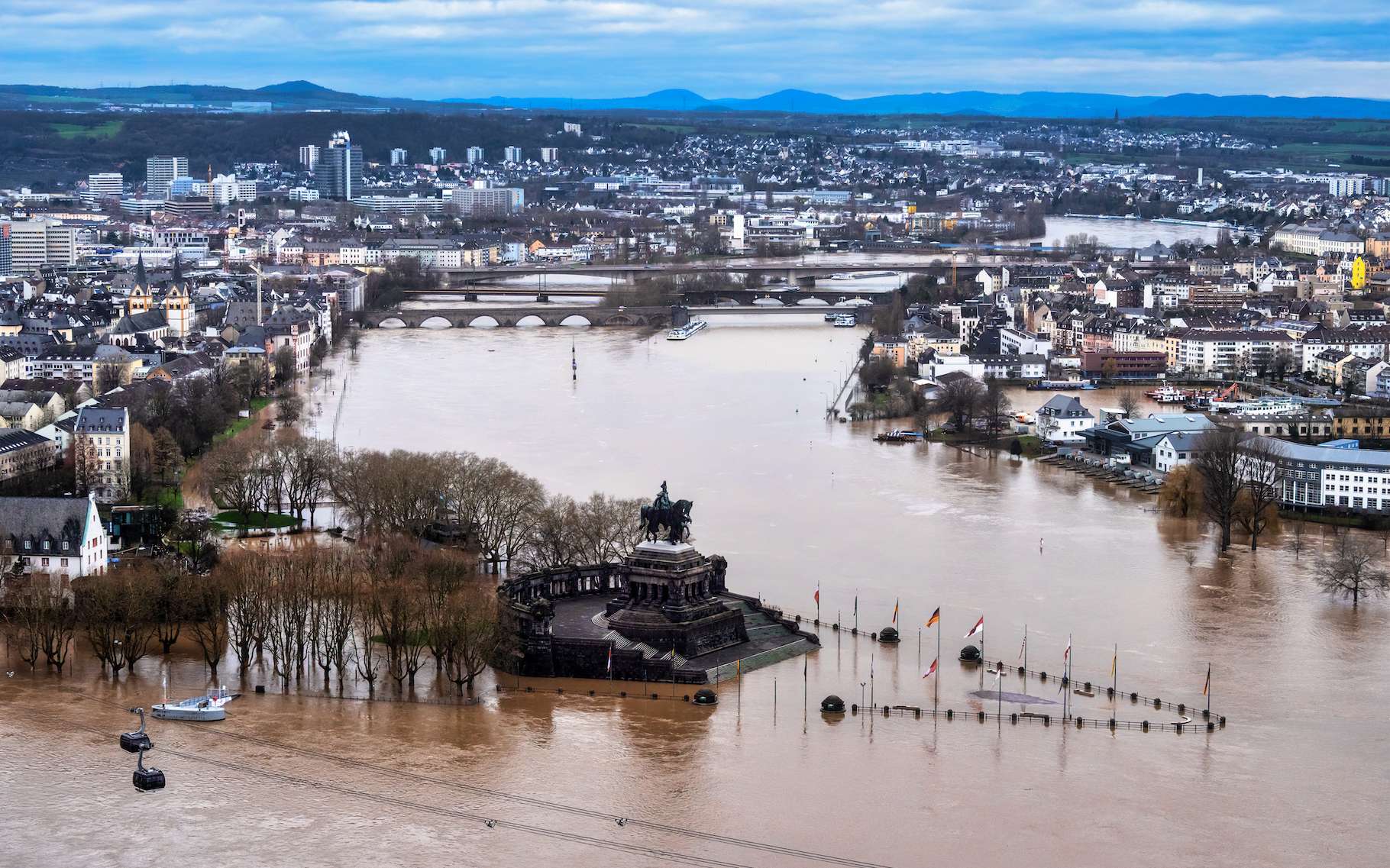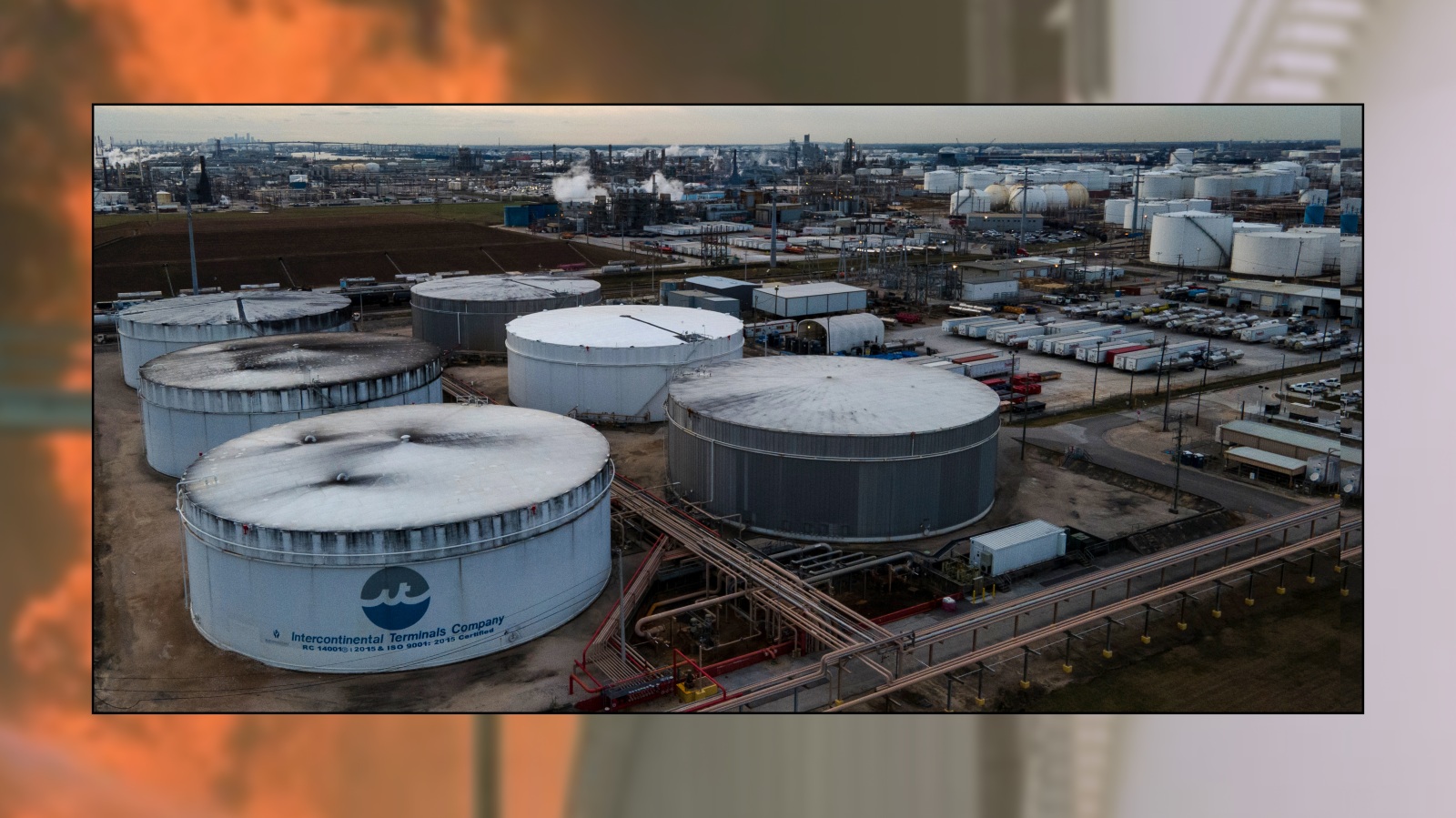In Washington, a dozen dams dot the Columbia River — that mighty waterway carved through the state by a sequence of prehistoric superfloods. Between those dams and the hundreds of others that plug the rivers and tributaries that lace the region, including California and Nevada, the Western United States accounts for most of the hydroelectric energy the country generates from the waters flowing across its landscape. Washington alone captures more than a quarter of that; combined with Oregon and Idaho, the Pacific Northwest lays claim to well over two-fifths of America’s dam-derived electricity. So when a drought hits the region, the nation takes notice.
That happened in 2023 when, according to a recent report, U.S. hydroelectric power hit its lowest level in 22 years. While the atmospheric rivers that poured across California provided the state with abundant energy, the Pacific Northwest endured low summer flows after a late-spring heat wave caused snowpack to melt and river levels to peak earlier than normal. Though dam turbines kept spinning throughout the year — proving that even during a drought the nation’s hydro system remains reliable — last year offered energy providers in the West a glimpse of the conditions they may need to adapt to as the world warms and seasonal weather patterns shift.
While models predict climate change will plunge California and the Southwest deeper into drought, what awaits Washington and Oregon is less clear. The Pacific Northwest will get warmer. That much is certain. But in terms of the rain that places like Seattle and Portland are known for, things get fuzzier.
“Whenever you bring in water precipitation and you’re looking at climate model results, they go in all directions,” said Sean Turner, a water resources and hydropower engineer with Oak Ridge National Laboratory. The Evergreen and Beaver states could get drier or wetter — or both, depending on the time of year.
Nathalie Voisin, chief scientist for water-energy dynamics at the Pacific Northwest National Laboratory, said much of the latest research suggests an increase in total annual hydroelectric power in the region, but, as Turner noted as well, uncertainties remain. “So as a trend, we see an increase” in annual precipitation, Voisin said, “but we also see an increase in variability of very wet years and very dry years.”
Even during wet years, however, the water won’t fall in a gentle mist evenly distributed from new year to year end. The bulk of it, Voisin said, is expected to come from atmospheric rivers streaming overhead between fall and spring, with rivers running low in late summer as the snow and ice in the mountains that rim the region melt ever earlier and no longer keep the waters as high as they historically have.
These are things that the Bonneville Power Administration — the federal agency responsible for selling energy from the 31 federally owned dams along the Columbia and its tributaries to utilities throughout the region — has a keen eye on. In a fact sheet detailing the agency’s plans to ensure its hydropower resources remain resilient, the administration wrote, “By the 2030s, higher average fall and winter flows, earlier peak spring runoff, and longer periods of low summer flows are very likely.” Those times of lower hydroelectric generation will coincide with periods when rising temps are expected to drive people to demand more from their thermostats to keep comfortable.
Don and Melinda Crawford / Education Images / Universal Images Group via Getty Images
Given this, if Western states like California, Washington, and Oregon are to meet the 2045 goals for 100 percent clean energy they’ve set, their utilities are going to have to get creative. As it is, when hydropower fails to meet demand, methane, also known as natural gas, tends to fill the gap — even if power companies can’t say for sure that that’s their backstop.
Seattle City Light, for instance, which provides electricity to over 900,000 people across much of the Seattle area, reportedly has been carbon neutral since 2005 thanks in large part to an energy mix that is nearly 90 percent hydropower — around half of which is supplied by Bonneville Power. But with its standard fleet of hydroelectric plants generating below average, Siobhan Doherty, the utility’s director of power management, said it has had to procure new sources of energy to ensure it can comfortably meet customers’ needs. A fair portion of that power comes from other dams in the area, but some of it is also provided by what Doherty called “unspecified” sources purchased from other providers.
Across the West, when utilities like Seattle City Light purchase energy to cover hydropower shortfalls, most of it comes from gas-powered peaker plants, according to Minghao Qiu, an environmental scientist at Stanford University. As a result, emissions rise. Over the 20-year period examined in a study of how droughts impact grid emissions, Qiu and his colleagues found that temporary prolonged hydropower declines led to 121 million tons of carbon emissions. Qiu also found that the plants belching all that pollution often lay far from where the energy is needed.
While the seemingly obvious solution to this challenge is to rapidly deploy wind and solar, Qiu found that this didn’t actually solve the problem.
“So what really happened there is an implicit market that whoever can generate the electricity with the lowest costs are going to generate first,” Qiu said. This means that solar and wind will send all the energy they can because they’re by far the cheapest; hydropower then provides what it can, followed by fossil fuels like methane to plug any holes. “So when hydropower sort of declines,” Qiu said, “the wind power and solar power is already maxed out,” typically leaving gas plants as the remaining option.
Nonetheless, in a bid to keep its grid carbon-free in the long term, Seattle City Light recently signed agreements to buy energy from two independent solar projects, each with at least 40 megawatts of capacity, and is negotiating other, similar arrangements. The fact Bonneville Power has seen a sharp rise in requests from renewable energy developers to connect to its transmission lines suggests other utilities in the region are exploring similar deals.
While those solar farms, in a sense, address the demands that hydro alone can’t meet, the West’s dams help make utility-scale renewables work. Regardless of the inevitable expansion and improvement of turbine and photovoltaic technology, wind and solar will always be intermittent and weather-dependent. In those moments when the gusts stop blowing and the sun stops shining, something has to top off the grid. “Hydro does that better than anything,” Turner said.
Many of the dams administered by Bonneville Power are already equipped to spin up or down as demand dictates, and their ability to meet these moments was perhaps no more apparent than during the lethal heat dome that gripped the Pacific Northwest for one blistering week in June 2021. As streets cracked and power lines melted, the region’s homebound populations drove electricity demand to record levels. To keep the grid going, Bonneville Power relied on the controversial dams along the lower Snake River. The agency released a statement a month after the heat wave, revealing how critical the four lower Snake River dams were during that disaster. At times, they provided well over 1,000 megawatts of power, which is roughly the average draw in Seattle. And while there are credible reasons to remove the dams, Bonneville Power said that without those resources it likely would have had to resort to rolling blackouts to ensure the system wasn’t pushed past its limits.
That experience, and the many more like it that are sure to come, suggest that even as year-to-year dips impact the nation’s dams, the power they provide will long remain a critical component of a carbon-free future.
Note: This article have been indexed to our site. We do not claim legitimacy, ownership or copyright of any of the content above. To see the article at original source Click Here














